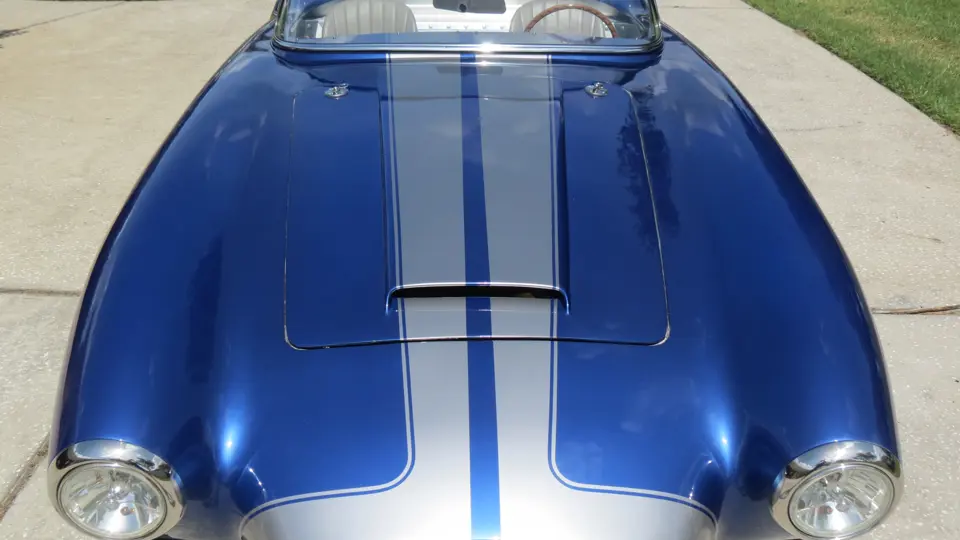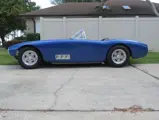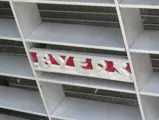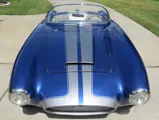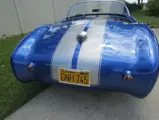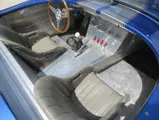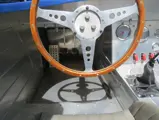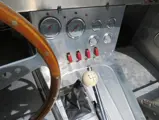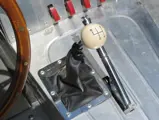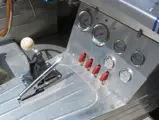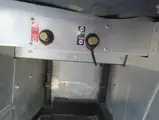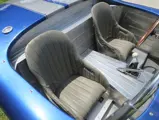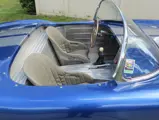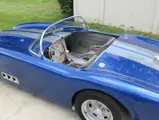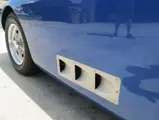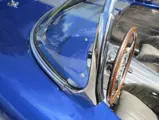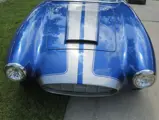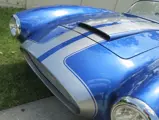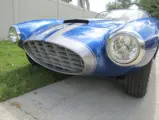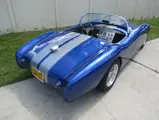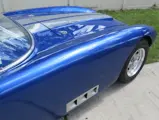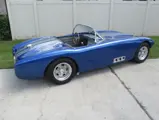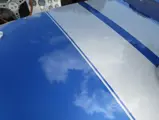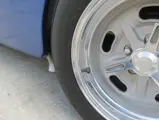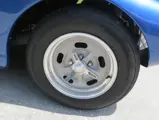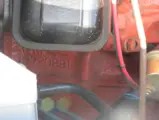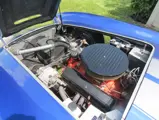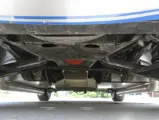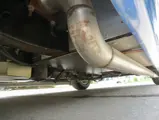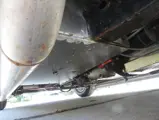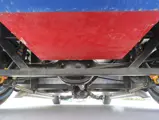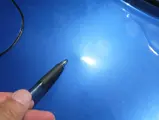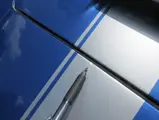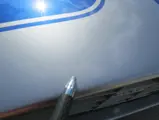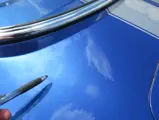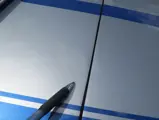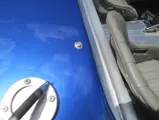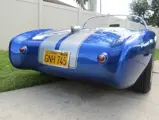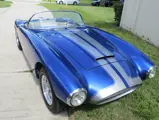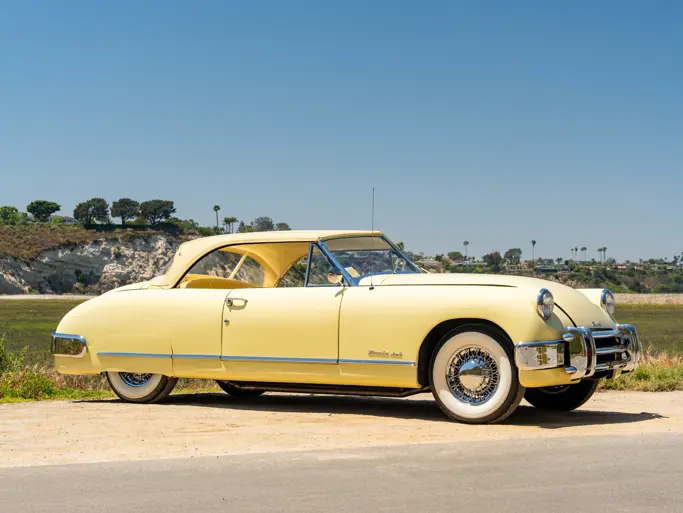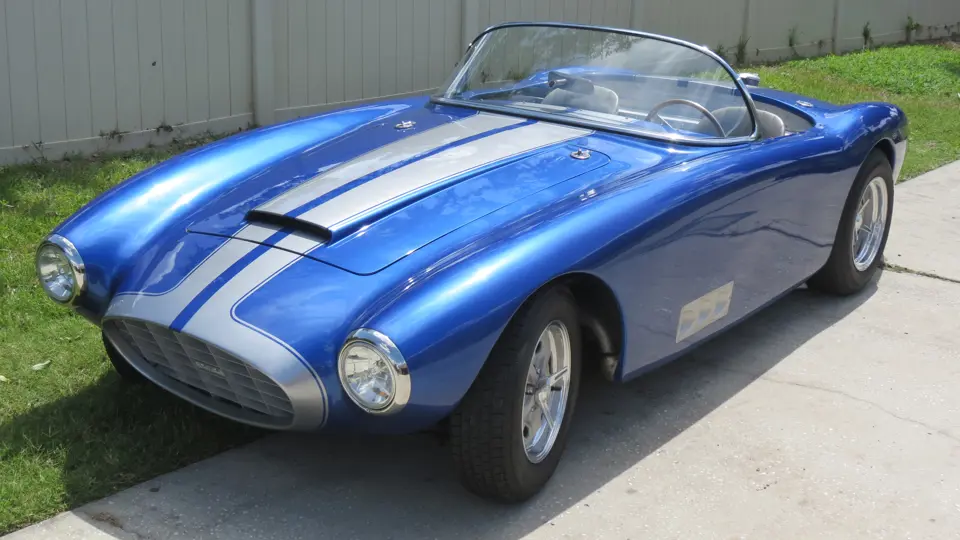
1956 Byers SR-100 Roadster
{{lr.item.text}}
$60,000 - $70,000 USD | Not Sold
{{bidding.lot.reserveStatusFormatted}}
- Rare, postwar collectible, heavily influenced by Italian design and among the best of its era
- One of approximately 10 surviving SR-100 custom sports cars featuring bodywork by noted California-based designer Jim Byers
- 2010 Amelia Island Concours d’Elegance winner
- Driven sparingly over the past 13 years, following a comprehensive restoration under current ownership
The February 1957 cover of Road & Track magazine immortalized a truly unique roadster. Rare and coveted, even at the time, it was the work of a designer out of El Segundo, California, named Jim Byers. “What is it?” the cover cutline teased. “Is This the World’s Most Beautiful Sports Car?” asked Road & Track owner and editor John Bond in the headline on page 28. Reminiscent of an AC Ace, Ferrari 375 MM, or something penned by Pininfarina, the question was apt indeed.
The Byers SR-100, purported by Bond and others as the pinnacle of postwar American sports car specials, emerged from a thriving cottage industry that flourished in the wake of World War II—one in which innovative small companies and individuals built sports and racing cars with beauty and performance rivaling those of pedigreed vehicles from established marques. Many, including Byers, took advantage of new composite technology, fiberglass, as the material of choice for constructing body shells that were ordered as a component by skilled builders to complete lightweight, high-performance custom cars. The influence of these efforts persists to this day, with composite materials having become an indispensable part of modern race and sports car building.
Only around 25 SR-100 bodies are believed to have been produced from 1953 through 1961, with surviving vehicles, such as this 1956 model—chassis number 281212T56FB—numbering closer to 10, according to the consignor. Under current ownership since 2001, this SR-100 has benefitted from a frame-up, refurbishment. Chassis work by David Paulson, B.S. Eng., of David Raye Engineering in Alexandria, Minnesota, was completed to meet vintage competition requirements, resulting in a 50/50 weight distribution, front to rear (including a full tank of fuel and driver onboard).
The car is based on a modified 1949 Ford chassis—the first year Ford incorporated an independent front suspension—with the wheelbase shortened to 100 inches, per SR-100 specifications. A 1956 265 cubic-inch Chevrolet V-8 engine is mounted 18 inches aft of the front suspension centerline, creating a front mid-engine layout. It drives the rear wheels through a Muncie M21 four-speed manual transmission. The eight-inch Ford rear axle features a 3.25:1 limited slip differential. Disc brakes are at the front and drums at the rear.
Modifications included the addition of a fuel cell and a custom four-link rear suspension with Panhard rod and coil springs. Side impact protection provides a measure of safety for both track and street driving. Two bolt-in roll hoops, one symmetrical and the other asymmetrical, accompany the car.
Exterior features include 15-inch kidney-bean wheels, custom egg-crate front grille, and louver panels. The interior is equipped with upholstered aluminum bucket seats, center-mounted gauges, and a wood-rimmed steering wheel. The SR-100 was designed to accommodate the curved windshield assembly of a Chevrolet C1 Corvette. The windshield on this example is an original C1 unit, according to the consignor. The car was resprayed to its current livery of blue with silver racing stripes by Mark Nordin of Nordin Enterprises Inc. in Oak Grove, Minnesota. The previous finish was maroon with gold fogging.
This SR-100 has been shown at the 2008 Barrington Concours in Illinois, the Milwaukee Masterpiece Concours in Wisconsin, and the 2010 Amelia Island Concours d’Elegance, where it won the Buddy Palumbo Award. It was also the lead car in the Amelia Island 2015 feature program article on American postwar sports cars. This Byers SR-100 has never been raced, but could be; or it could remain a highly drivable street and show car.





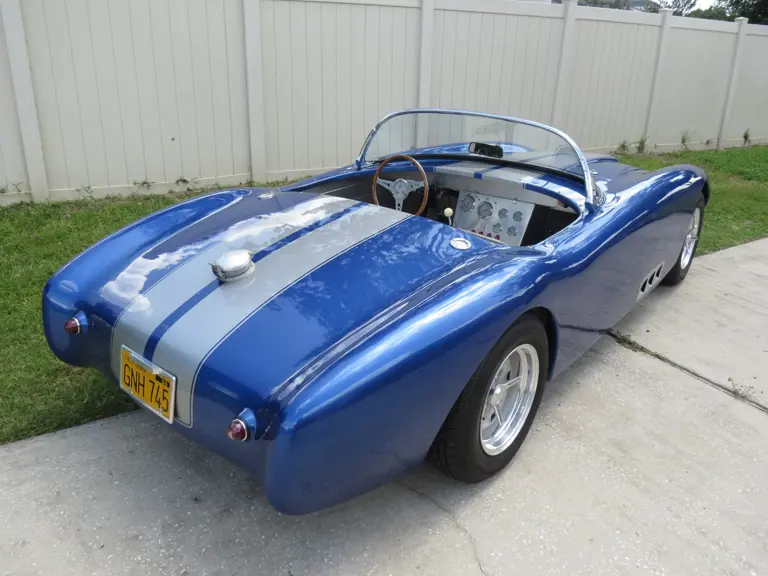

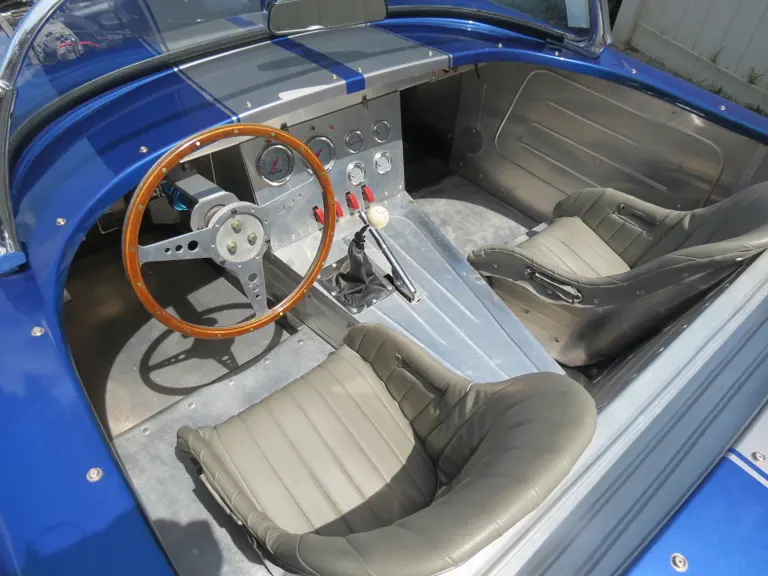
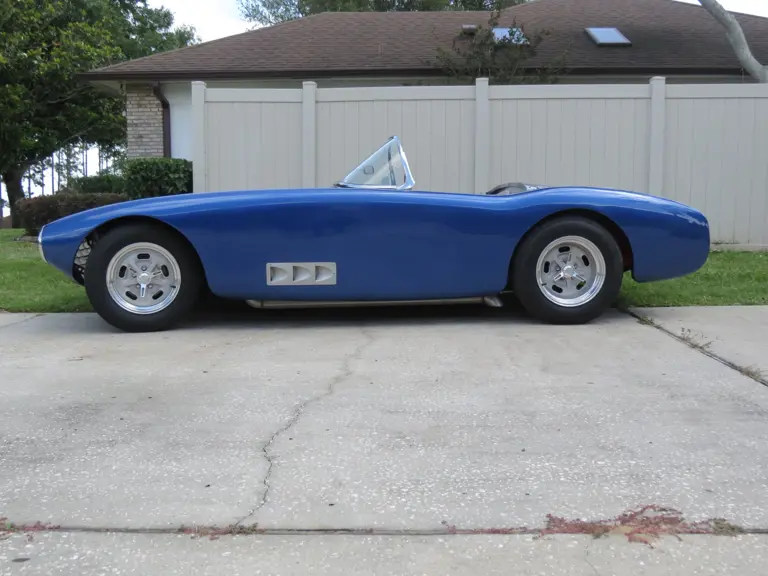
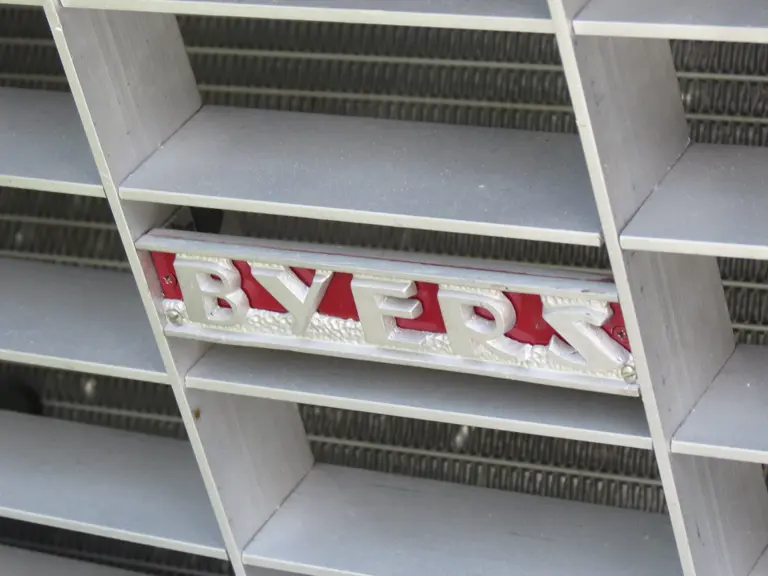
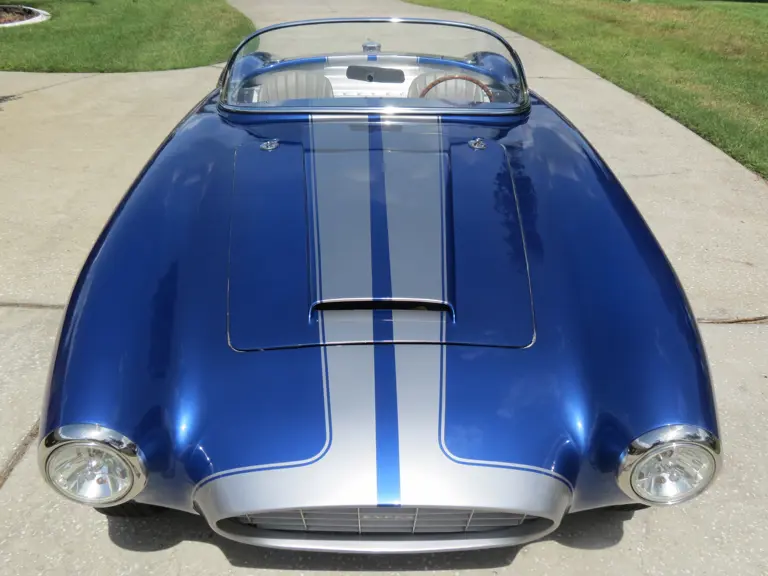
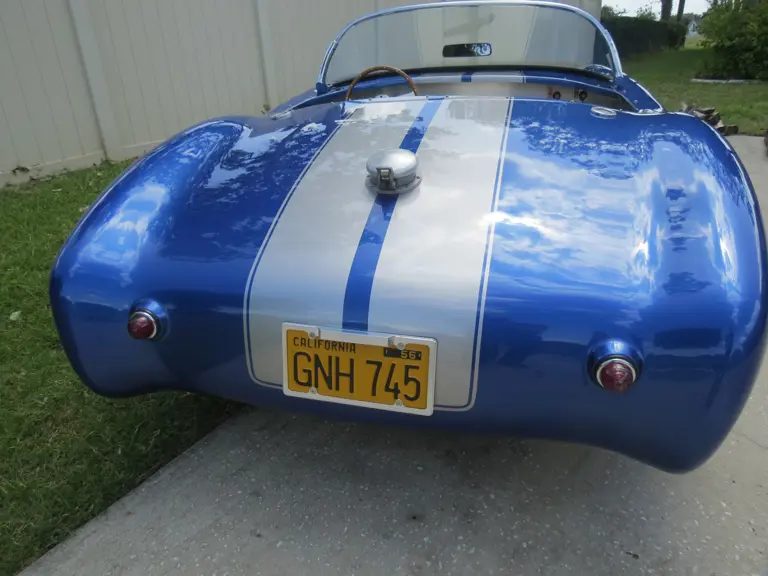
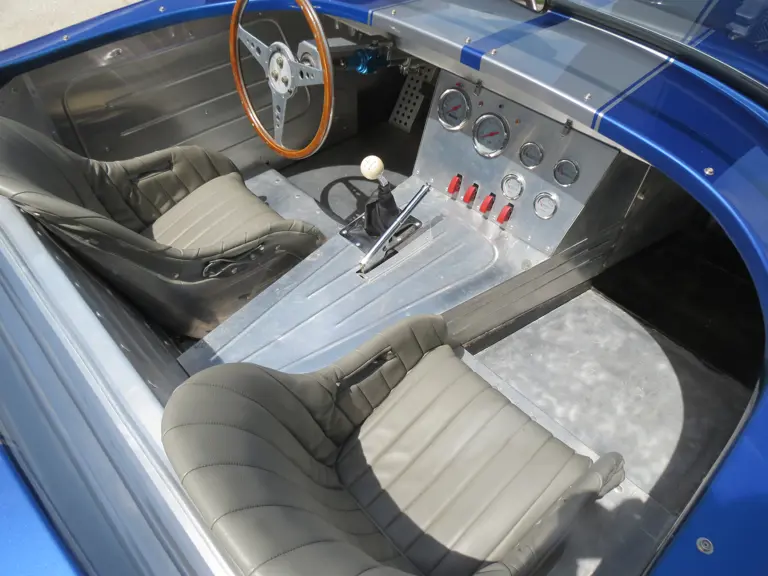
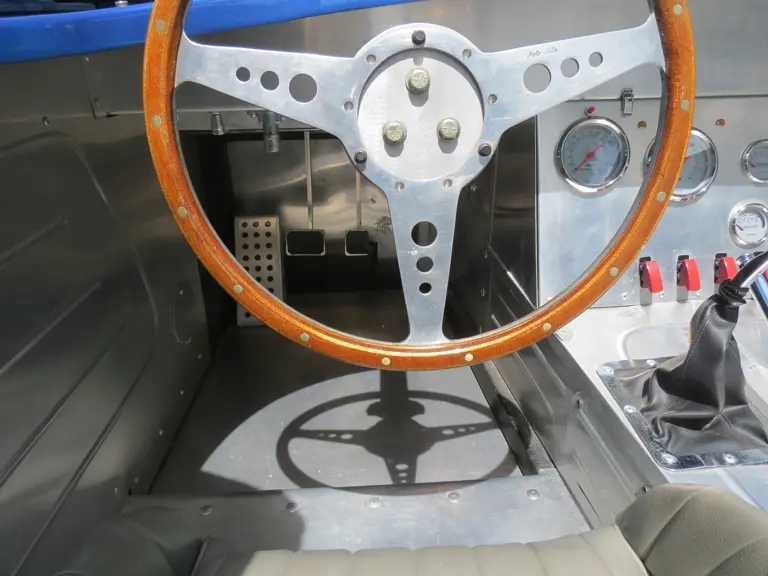

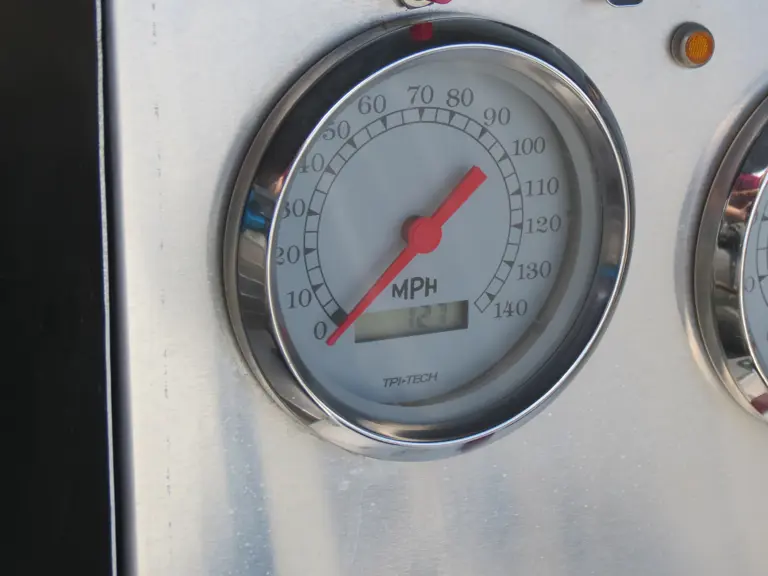

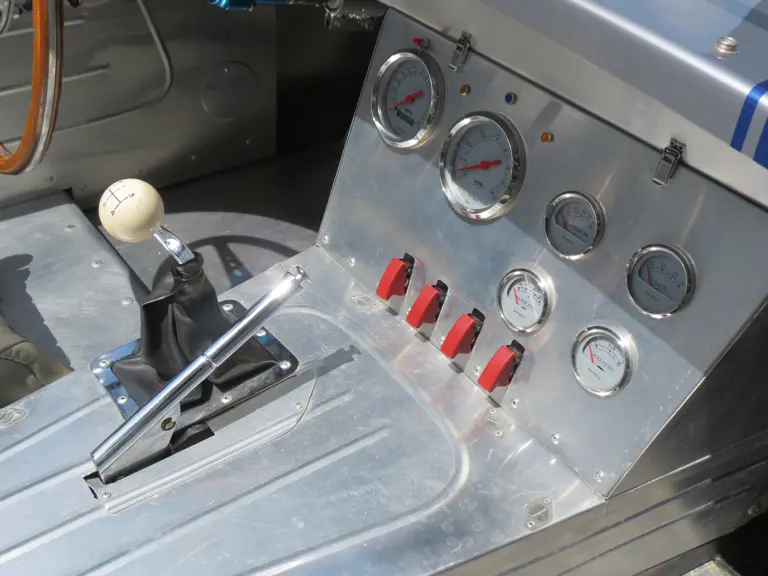
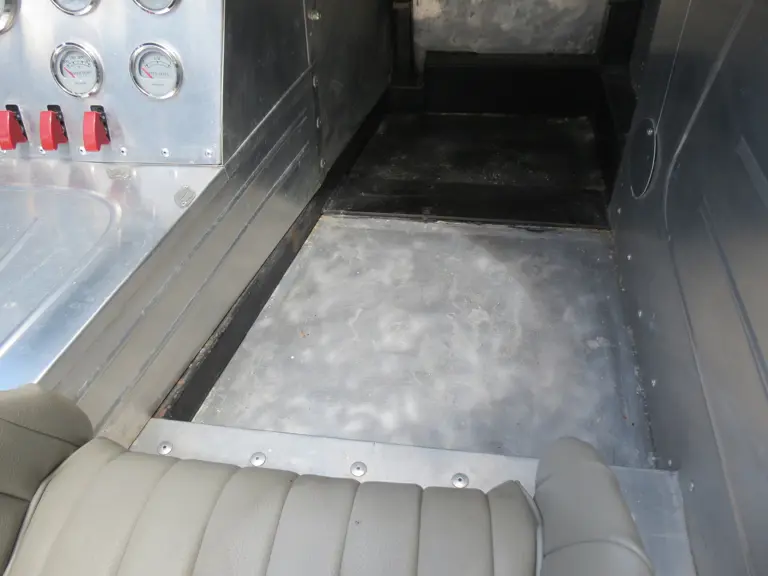

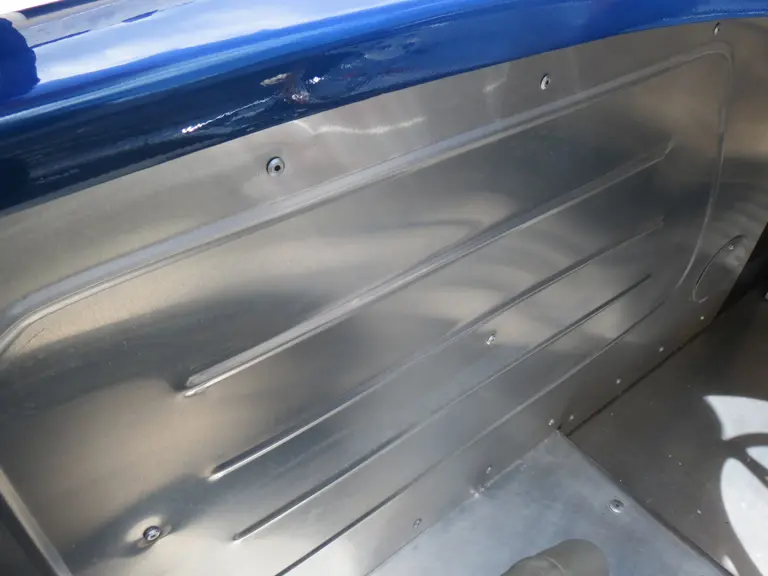
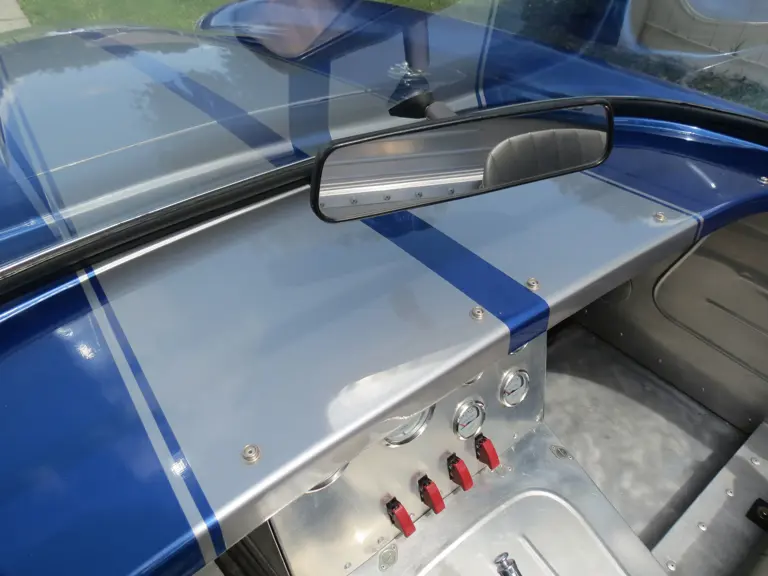
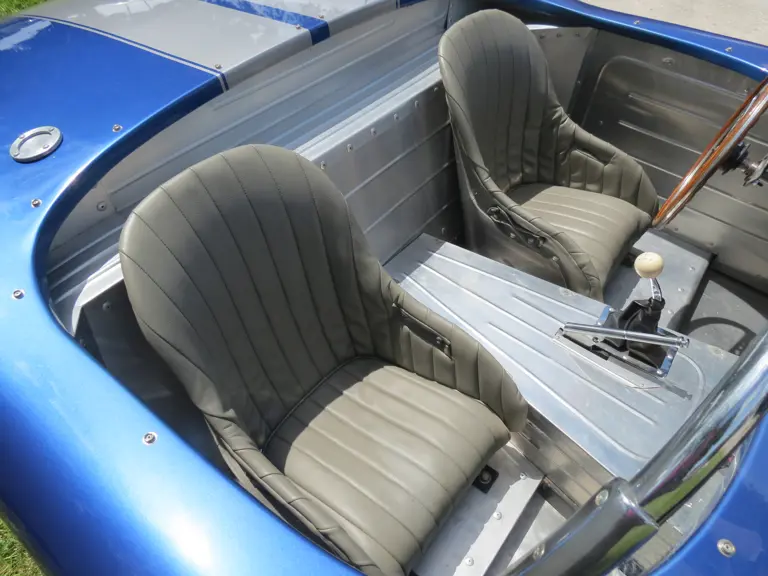

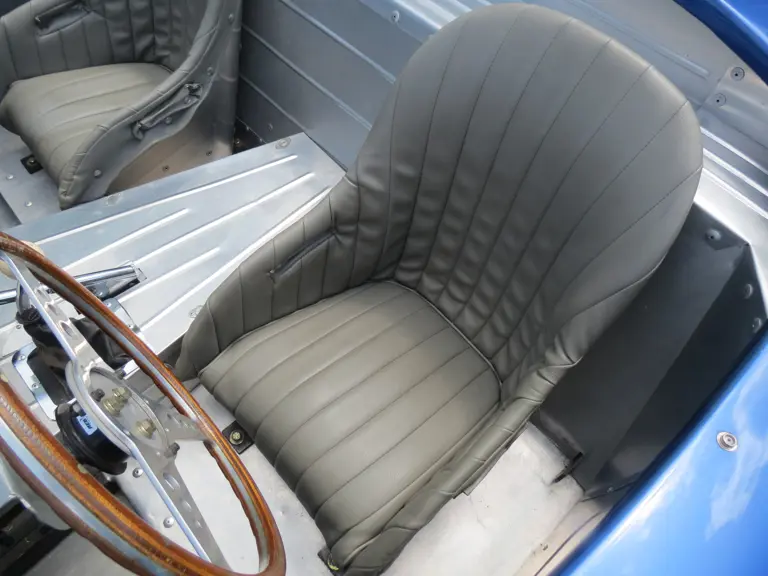
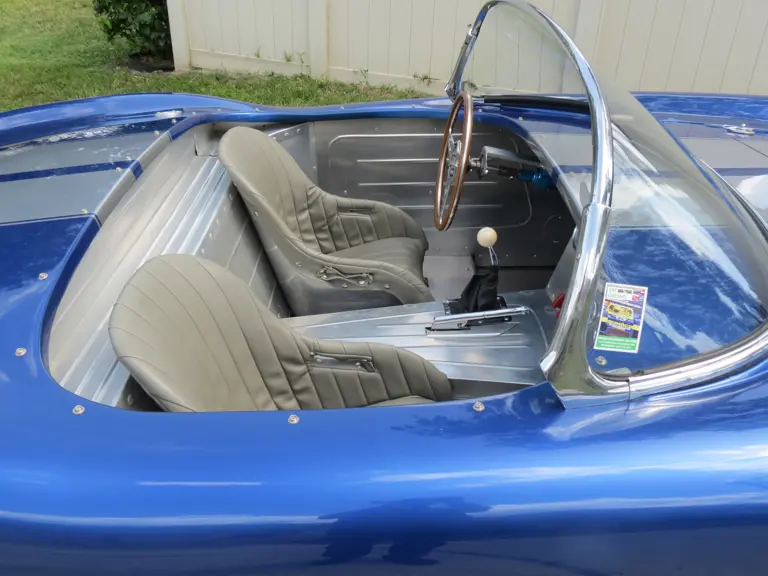
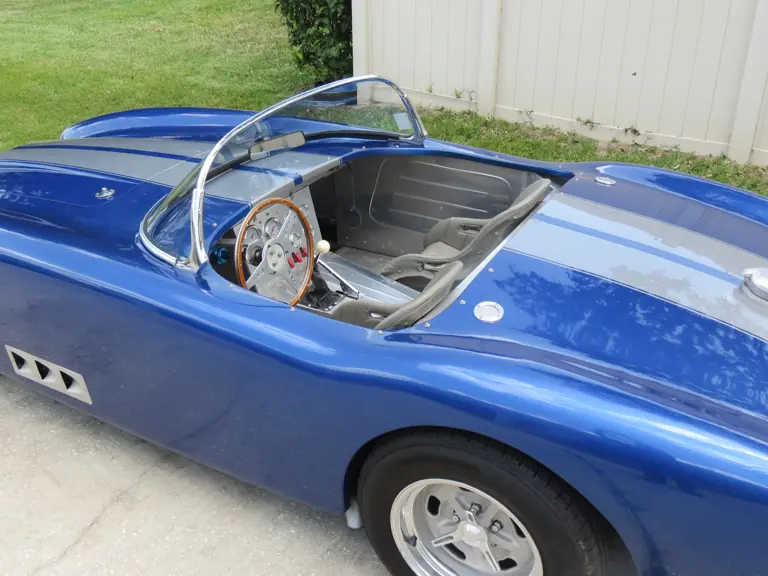

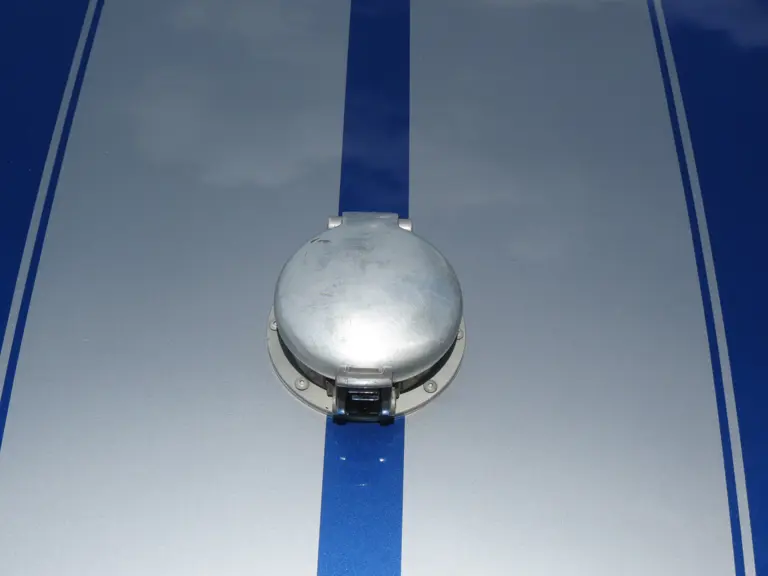
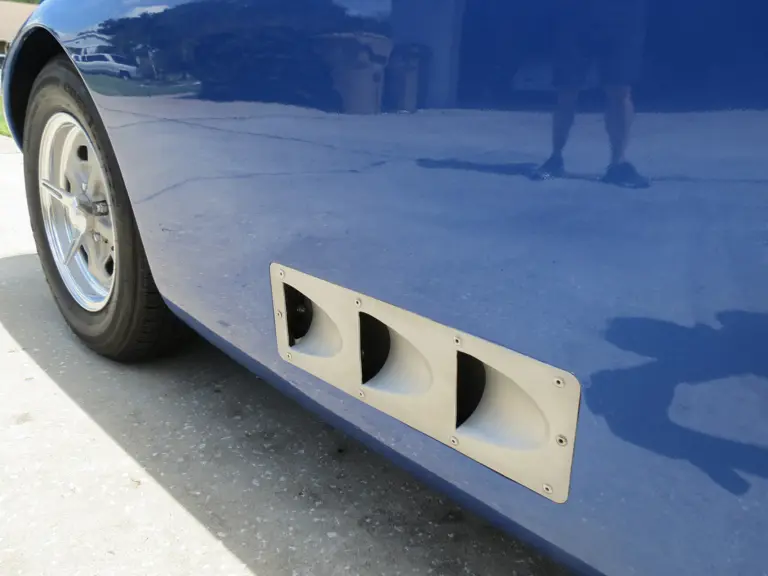
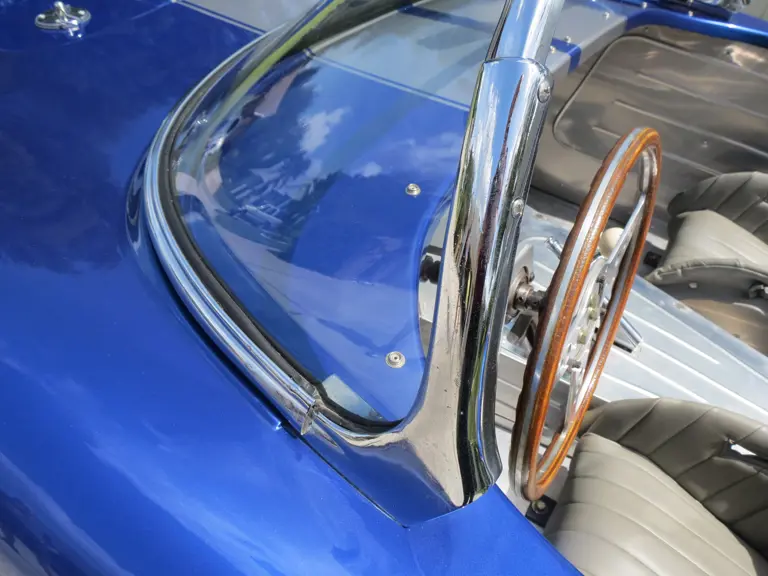
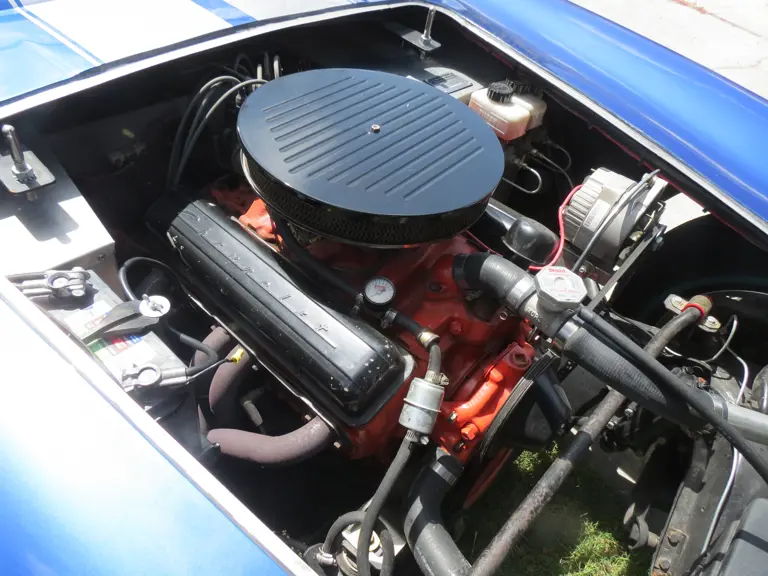

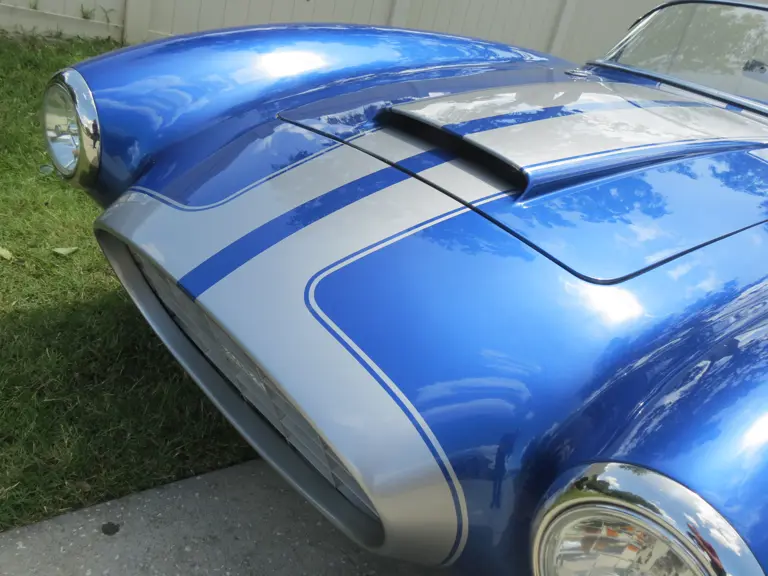
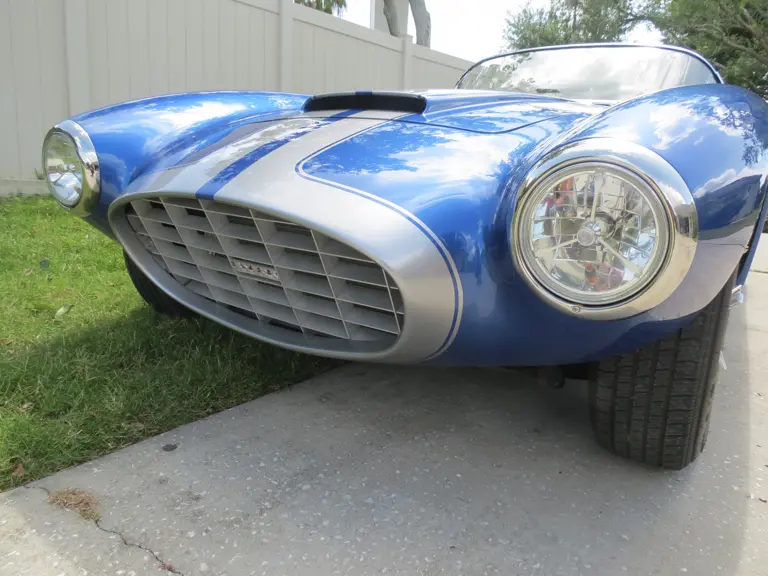



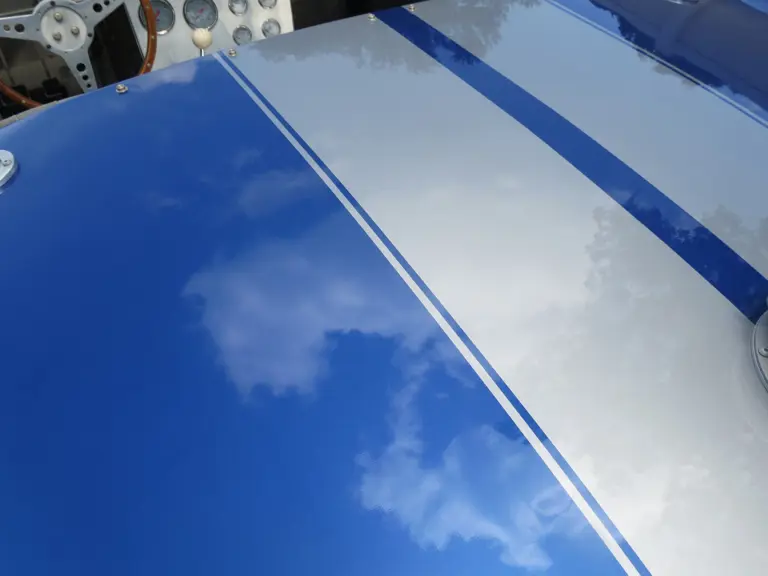
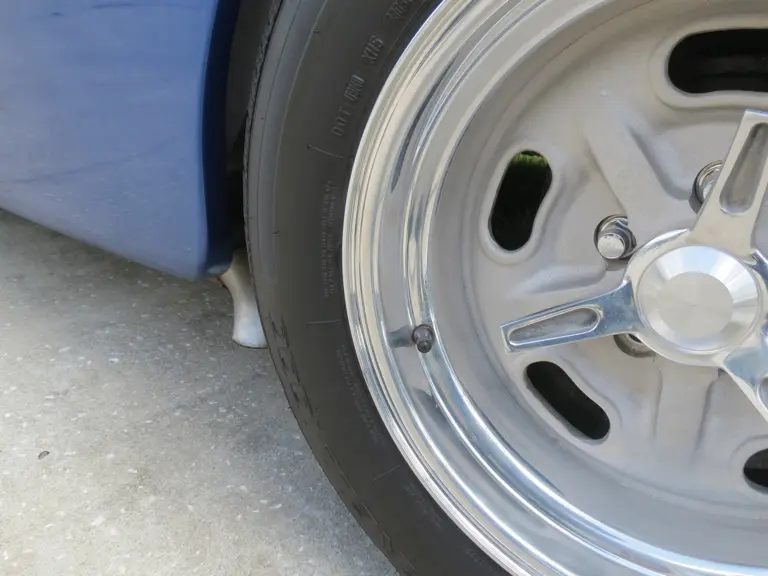
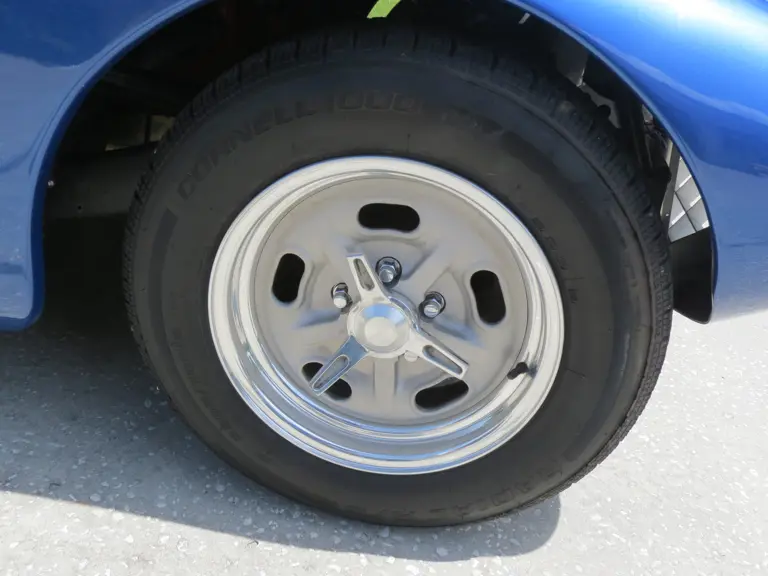
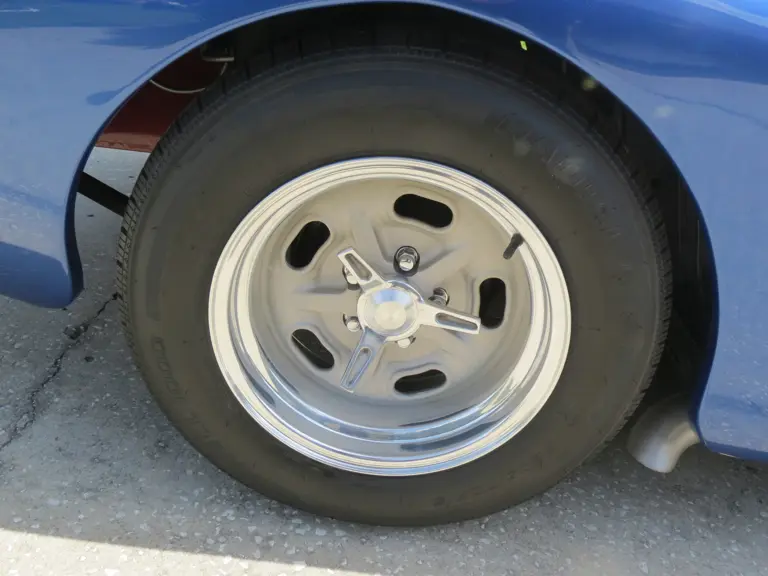
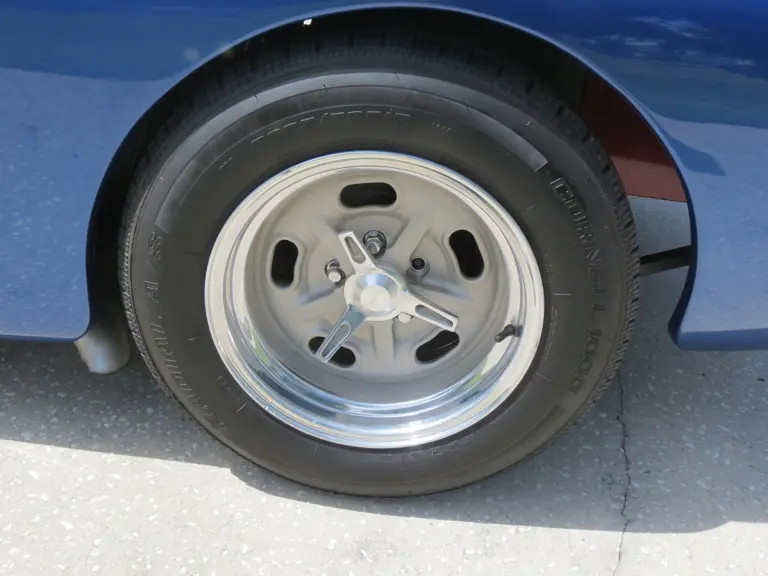
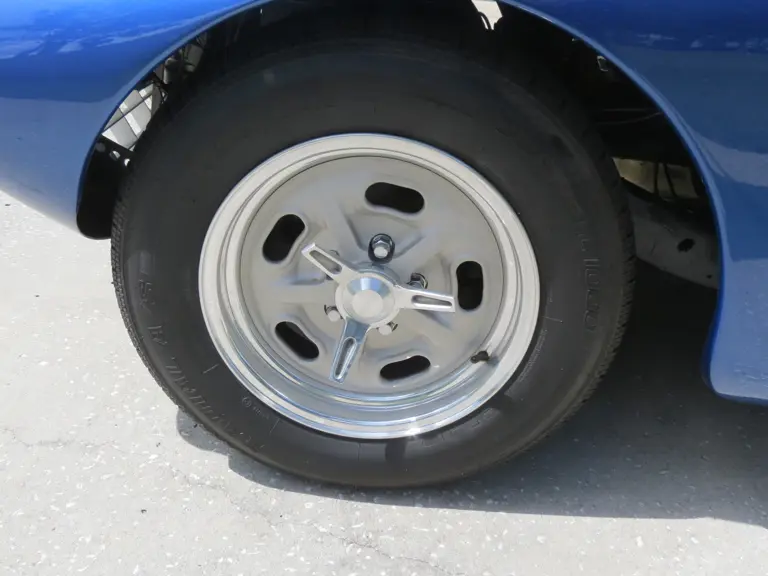

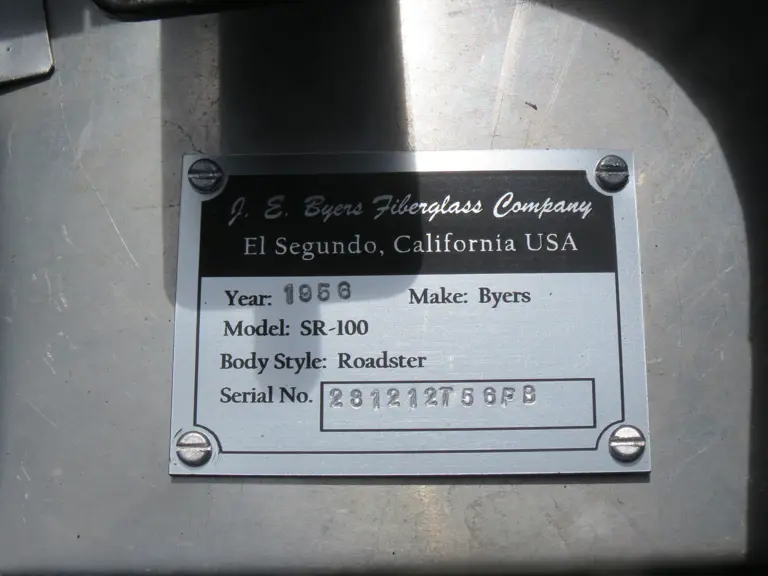
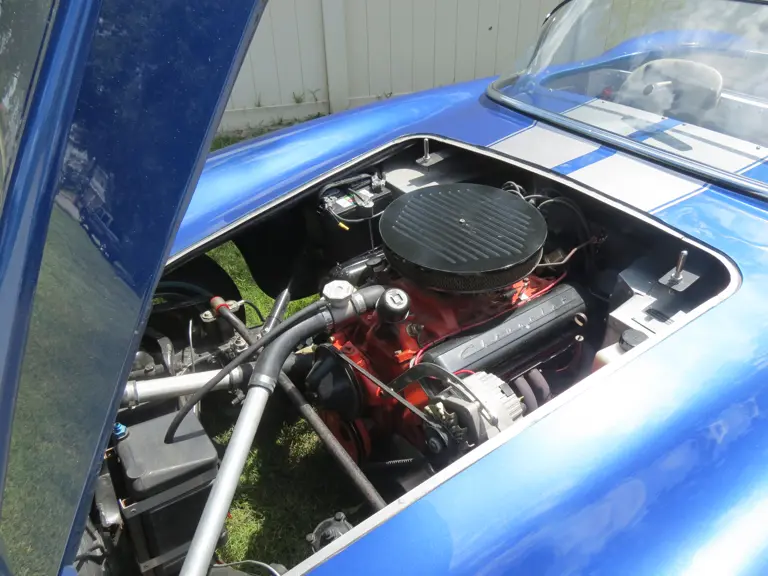
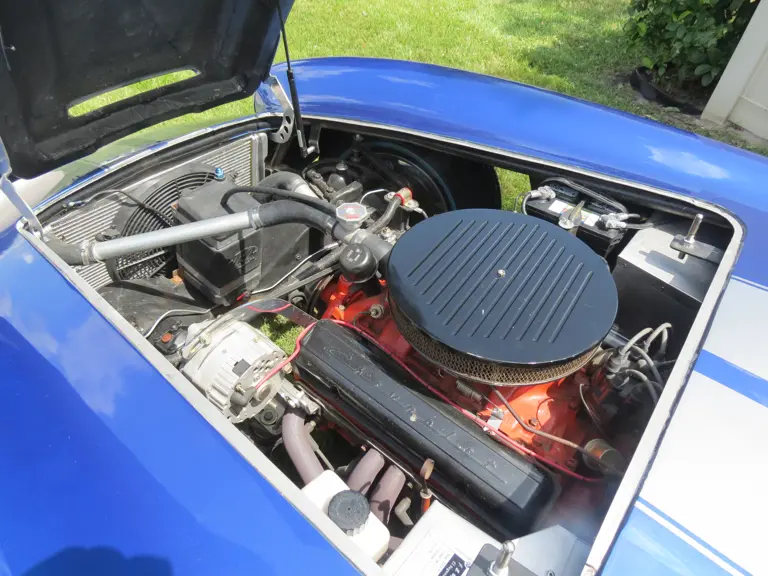
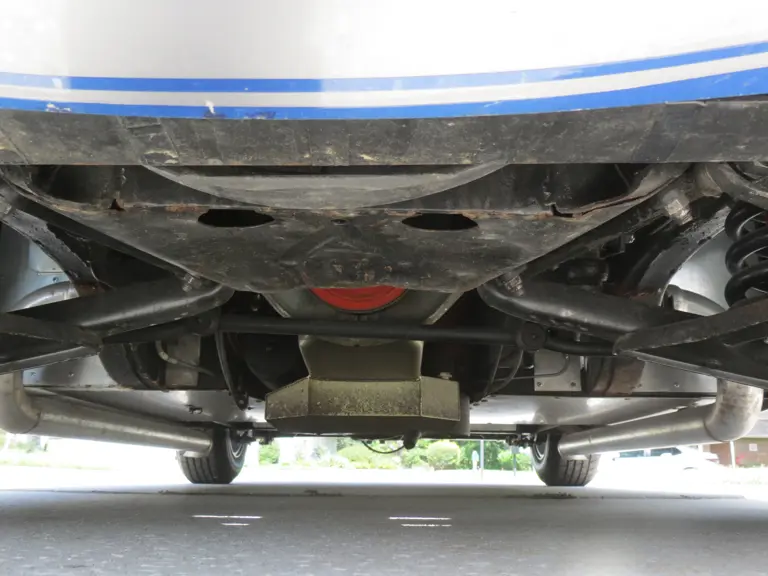
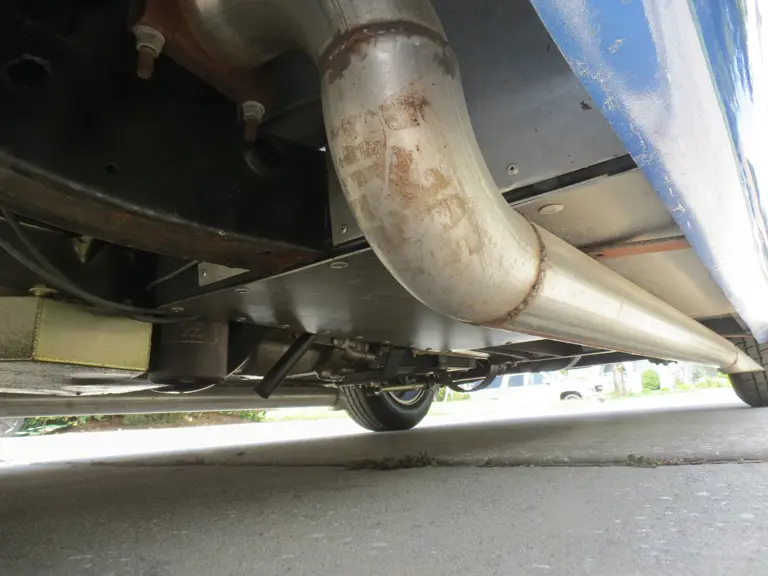

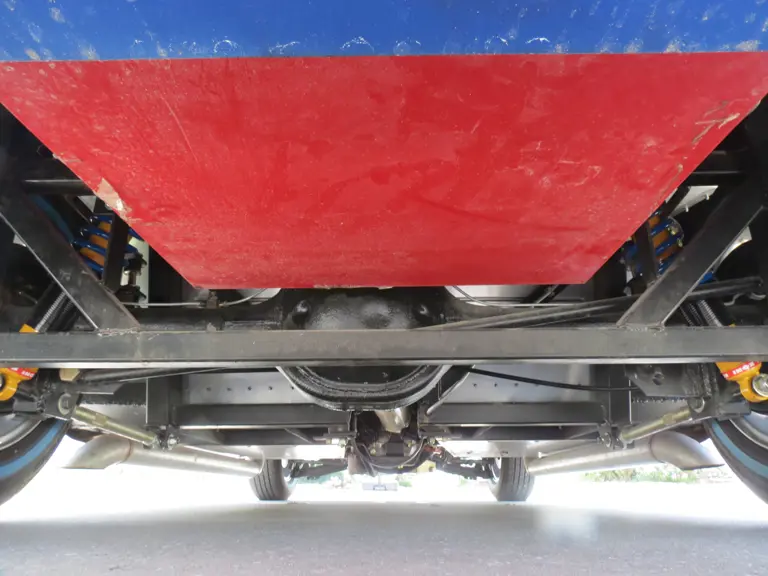
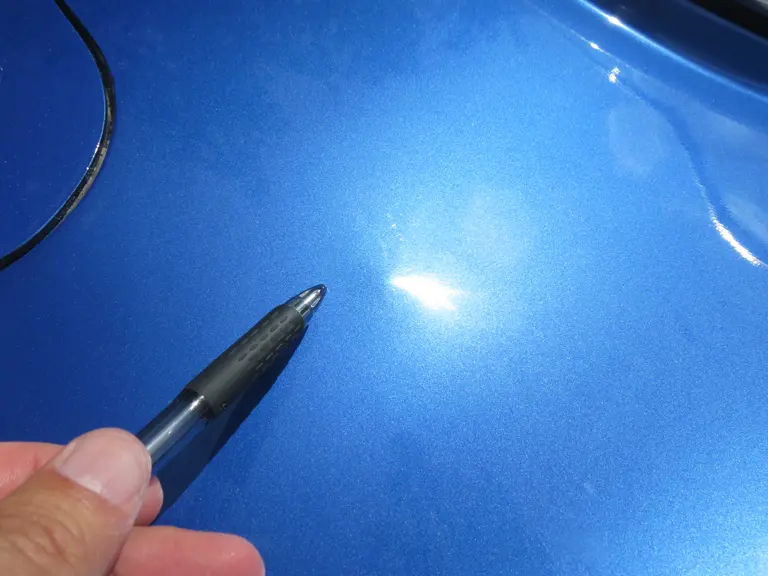


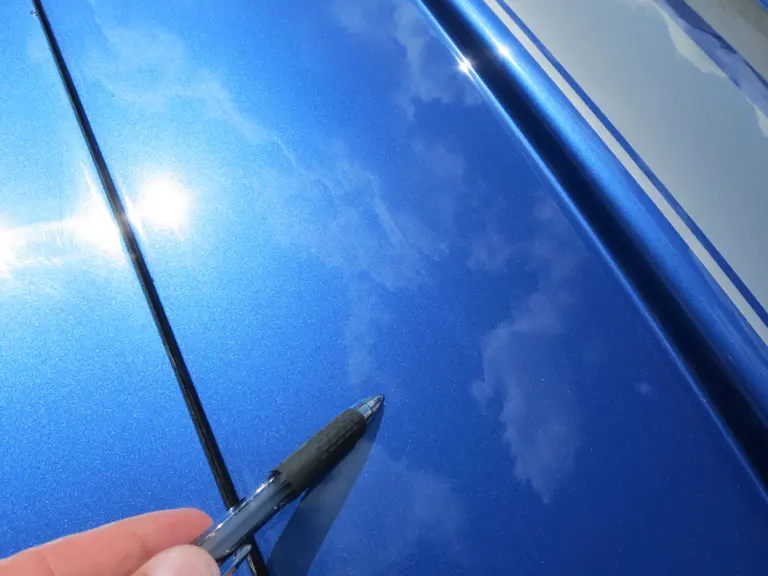
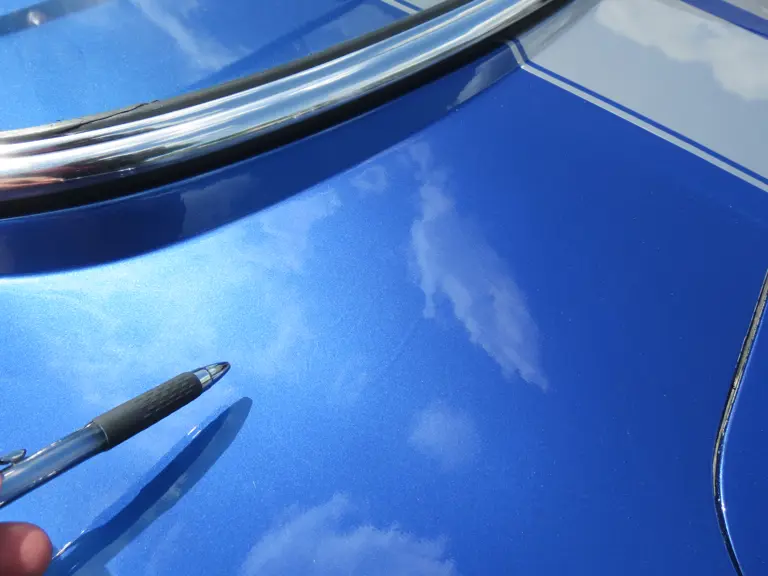

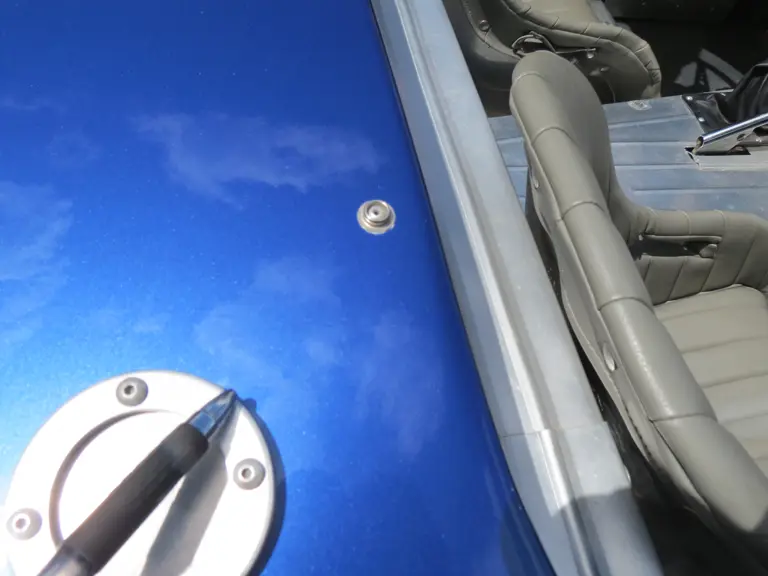
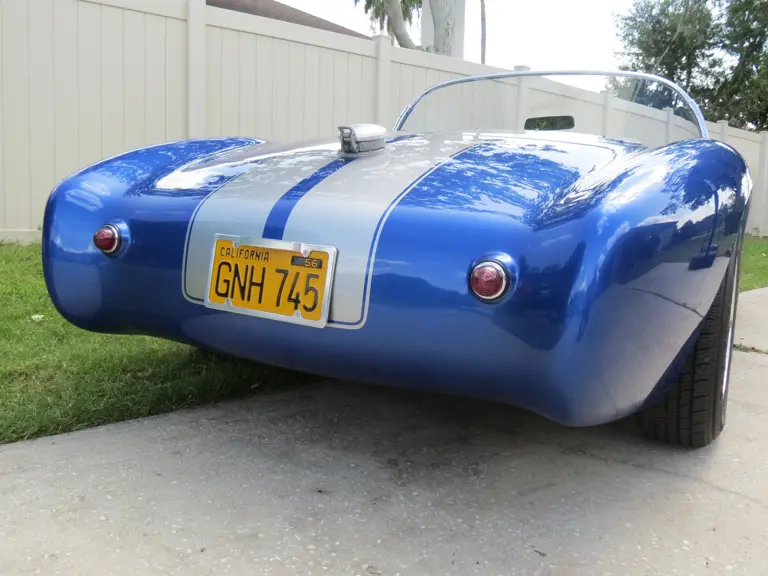
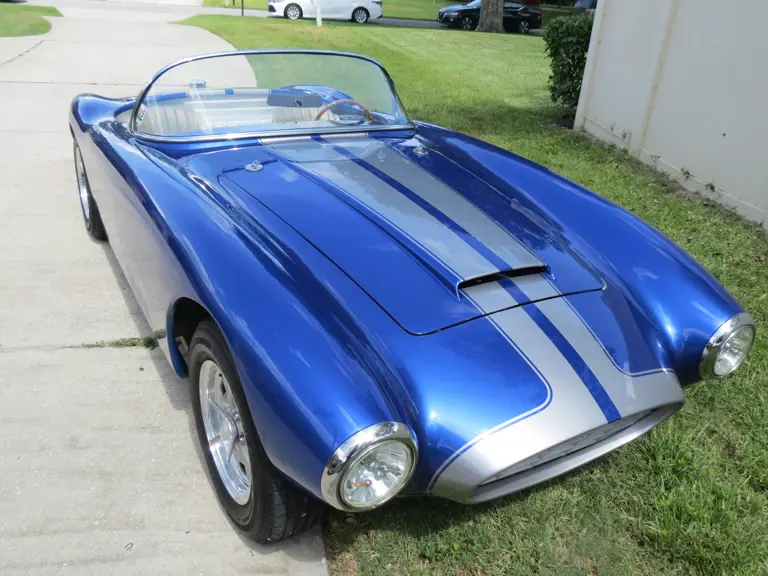
 | Clermont, Florida
| Clermont, Florida


